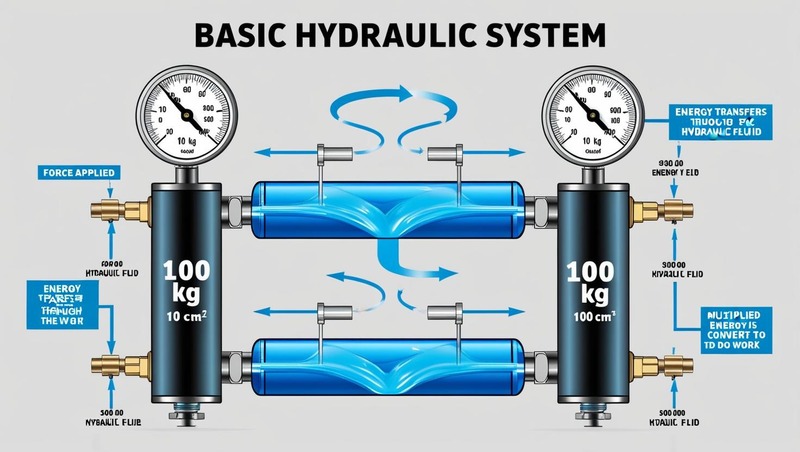The hydraulics industry is undergoing a significant transformation driven by evolving technological innovations, the push for energy efficiency, and the growing demand across sectors such as construction, agriculture, automotive, aerospace, and manufacturing. As industries worldwide embrace automation, electrification, and digital integration, hydraulics systems are being reimagined to meet the requirements of next-generation machinery. By 2025 and beyond, the hydraulics industry will continue to evolve in response to these powerful trends, redefining performance, efficiency, and sustainability.
One of the most prominent trends is the convergence of hydraulics with digital technologies. The integration of sensors, Internet of Things (IoT) devices, and data analytics is enabling real-time monitoring and predictive maintenance of hydraulic systems. This digitalization not only reduces unexpected downtime but also extends equipment life and enhances operational efficiency. Smart hydraulics are enabling more precise control, which is vital for automation-intensive sectors. With the growing prevalence of Industry 4.0, intelligent hydraulic systems are expected to play a central role in the smart factory ecosystem.
Download PDF Brochure @ https://www.marketsandmarkets.com/pdfdownloadNew.asp?id=209607944

Electrification is another key driver transforming the hydraulics landscape. Traditionally, hydraulic systems have relied on fluid power and mechanical components, but there is a marked shift toward electro-hydraulic systems that combine the power density of hydraulics with the efficiency and control of electric actuators. This shift is largely fueled by environmental regulations and the demand for energy-efficient solutions. Electrified hydraulic systems are increasingly being adopted in mobile machinery, particularly in construction and agricultural equipment, where compactness, lower emissions, and precision are becoming critical.
Sustainability is becoming a strategic priority across all industries, and hydraulics is no exception. The industry is actively working on reducing the environmental impact of hydraulic fluids by developing biodegradable and environmentally friendly alternatives. Additionally, manufacturers are focusing on creating systems that minimize leakage and energy loss. Hydraulic components are being designed with recyclability and reduced carbon footprint in mind, aligning with global sustainability goals and customer expectations.
Global infrastructure development, especially in emerging economies, is creating vast opportunities for the hydraulics industry. The demand for hydraulic equipment in construction, mining, and transportation continues to surge, and companies are investing in research and development to deliver durable, high-performance systems suited to extreme working environments. Moreover, the increased focus on automation in agriculture is propelling the use of advanced hydraulic systems in modern farming equipment, enhancing productivity and crop yield.
As the industry moves into the future, challenges such as high maintenance costs, complex system integration, and the need for skilled technicians will persist. However, the rapid pace of innovation, coupled with a strong emphasis on collaboration between manufacturers, technology providers, and end-users, is expected to mitigate these hurdles.
In conclusion, the future of the hydraulics industry lies in its ability to adapt to digital transformation, embrace electrification, and commit to sustainable practices. As technology advances and market demands shift, the industry will continue to innovate and evolve, making hydraulics more intelligent, efficient, and environmentally responsible in the years to come.